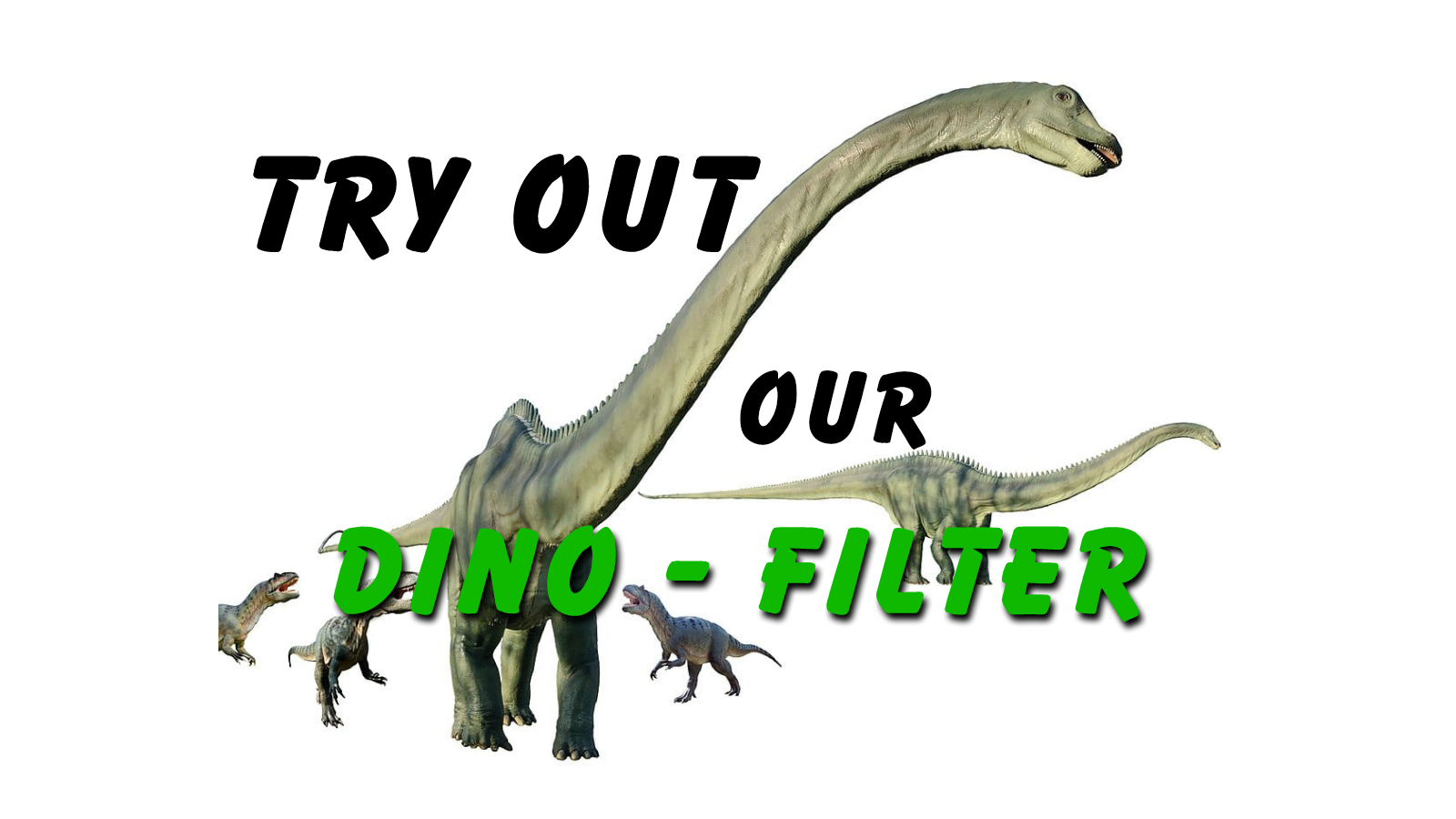5 dinos with horns
Triceratops has long been one of the most recognizable dinosaurs thanks to its distinctive headgear - but why did it have horns and neck shields?
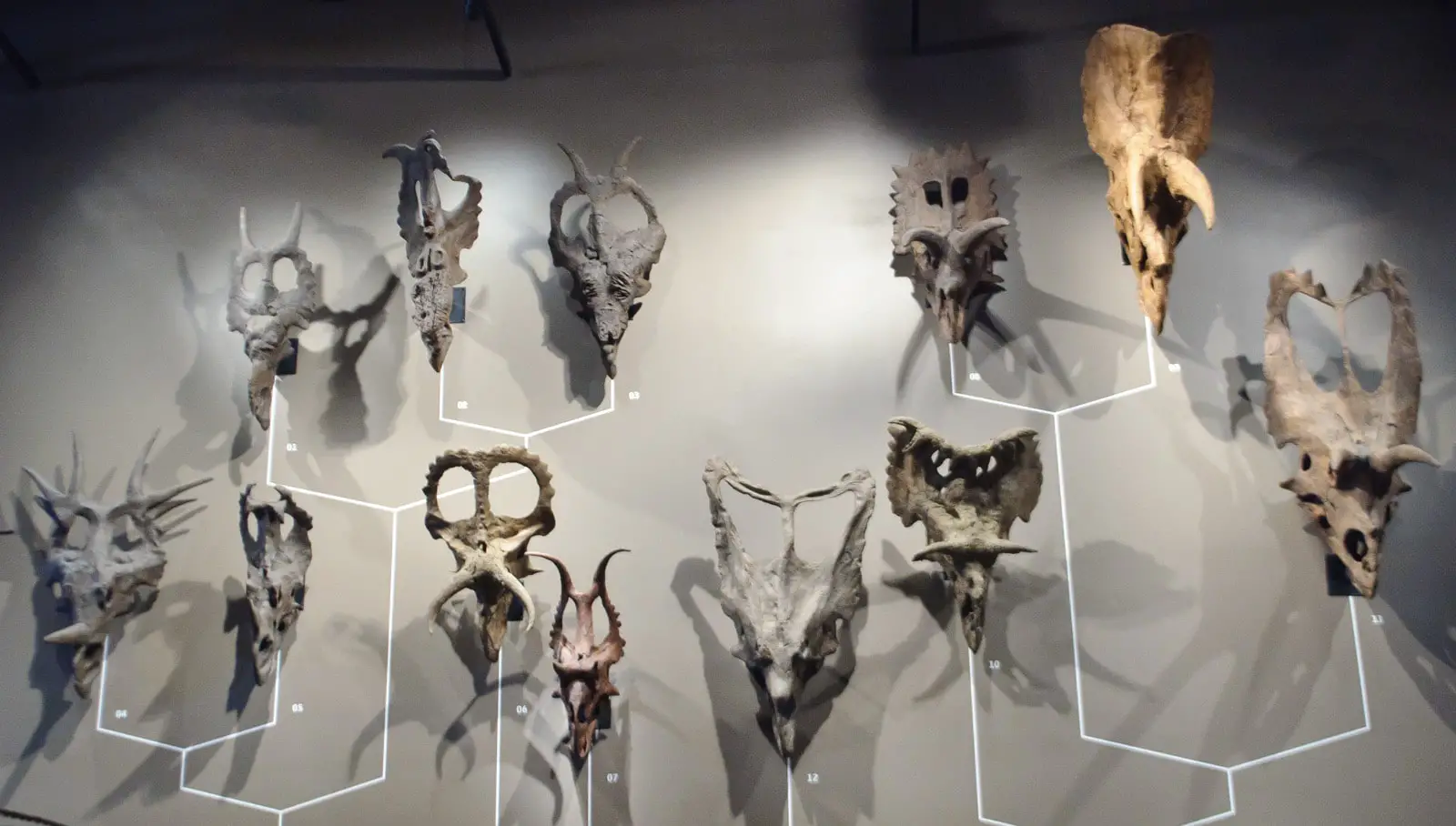
Source: [1] https://www.newscientist.com/article/2236427-some-dinosaurs-might-have-had-fluorescent-horns-or-feathers/
What Function Did The Horns And Neck Shields Have?
The most common and well-known hypothesis is that they served for protection and defense against predators.
The horns were quite suitable to use them as thrusting weapons. And against bites of predators, especially in the neck area, the shields were certainly large enough.
Opponents of this protection hypothesis counter, however, that the neck shield was very thin and hardly suitable as protection against neck bites. In addition, in most species (other than Triceratops) the neck shield was not massive.
Often they show depressions and thinner bone structures, as for example the neck shield of Torosaurus shows holes.
These weak parts of the shield could certainly not provide adequate protection against the powerful teeth of a T-rex.
The majority hypothesis today about the function of horns and shields assumes that these body features served more to communicate with mating partners or played a role in territorial fights.
A very recent theory even suggests that some dinosaurs may have also had ultraviolet fluorescent horns or ruffs - and a few species may have even used this glow to attract mates [1].
However, the thesis of horns and shields as a self-defense purpose has not been scientifically disproved until today.
Sourcee:skinnylawyer from Los Angeles, California, USA, CC BY-SA 2.0 , via Wikimedia Commons
Diabloceratops eatoni
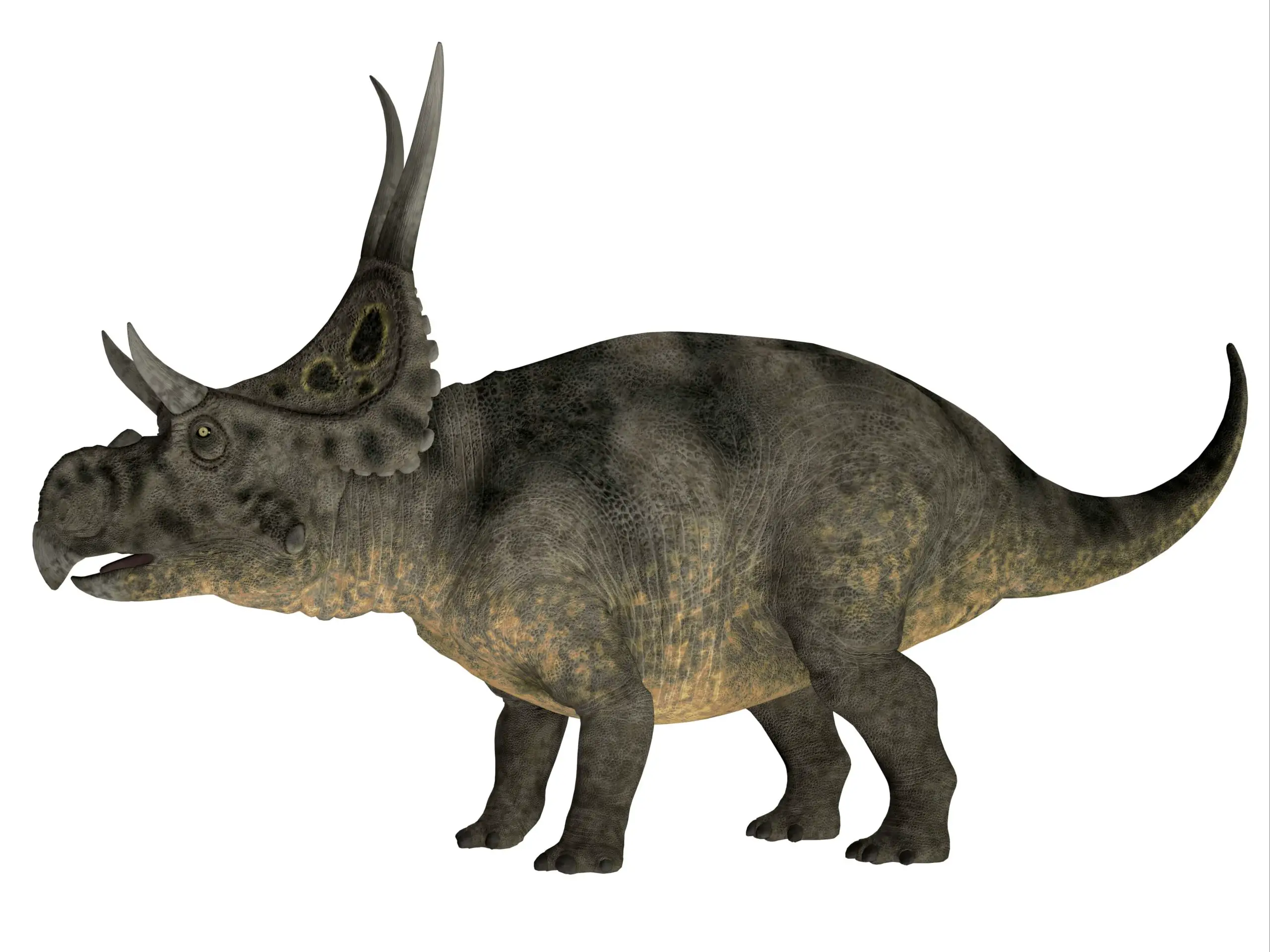
He lived during the late Cretaceous period about 79.9 million years ago.
Diabloceratops, a newly named dinosaur found in 2002 in the Wahweap Formation in the U.S. state of Utah. It was a ceratopsine dinosaur that lived in the area of present-day Utah (USA) during the Late Cretaceous period, about 79.9 million years ago.
It is the oldest known ceratopsid, and clearly a basal centrosaur.
Diabloceratops was a 150 kilogram dinosaur that grew to a length of about 3.5 meters, as well as a height of 1.2 meters.
One of the most remarkable features of this dinosaur is its skull studded with ruff and curved horns, to which it owes its name.
Kosmoceratops richardsoni
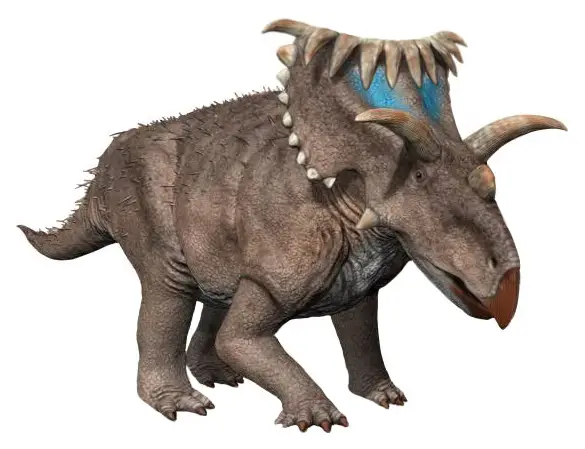
With a total of 15 well-developed horns and horn-like structures, he rightly has the title of:
Most decorated skull of all known dinosaur species.
Kosmoceratops was a horned dinosaur that lived during the Late Cretaceous period. It lived in what is now Utah, USA. Its generic name "Kosmoceratops" means "horned face from a distant place" or "wandering horned face" and refers to the decorations on the skull.
The horns of Kosmoceratops are its defining feature. They point pointedly upward and to the sides, then downward, ending in pointed tips.
Two horns were on each cheek and above the eyes. A single one on his nose. The other 10 horns were distributed along the upper edge of his neck shield.
This ruff was the shortest of all ceratopsids in proportion to its width compared to its total area.
Anchiceratops ornatus
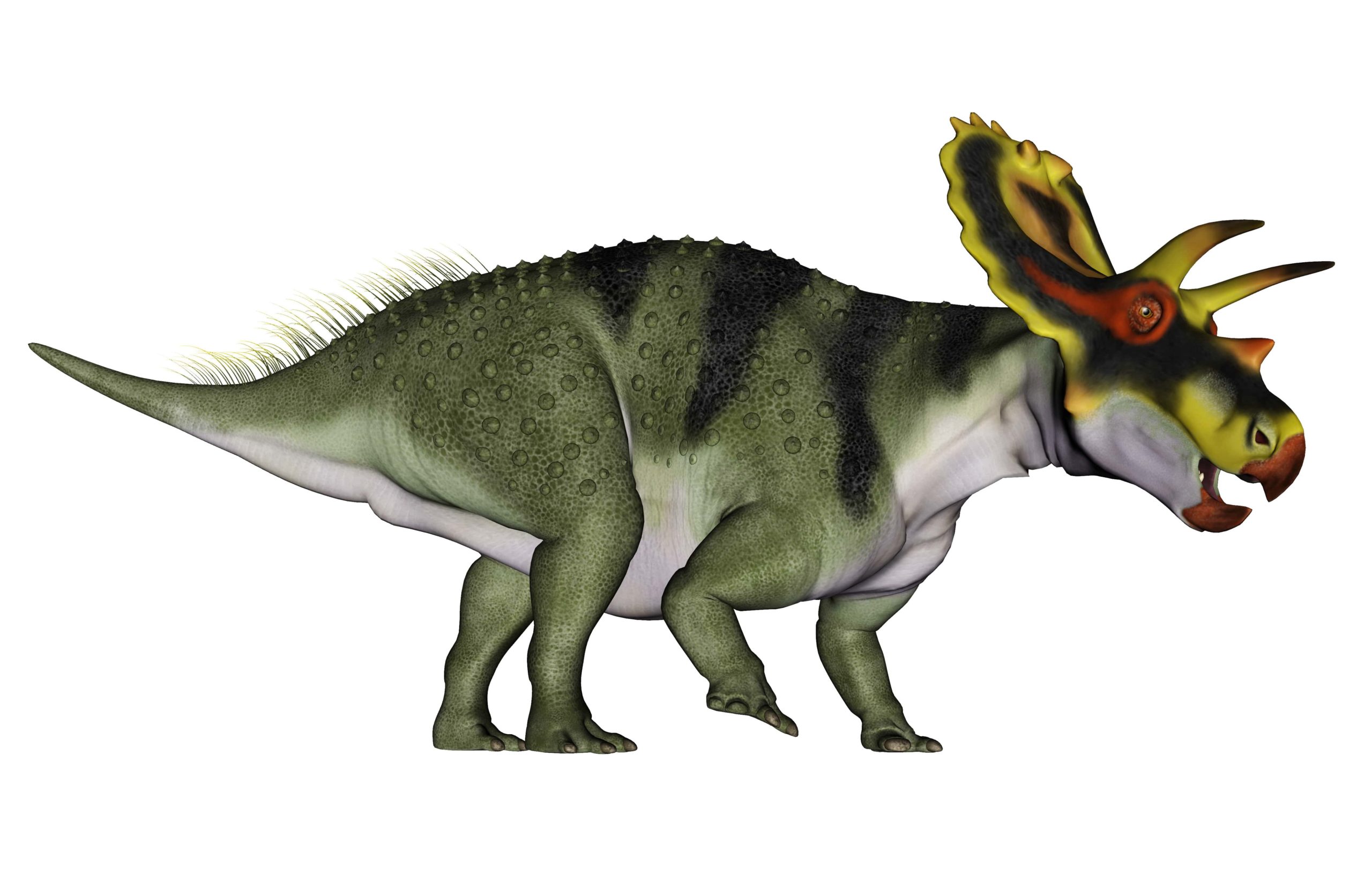
The horns of the Anchiceratops were not offensive weapons, but defensive weapons.
Anchiceratops had the typical Ceratopsidae body model and measured about 6 meters in length, so it was a medium-sized member of this family.
He possessed a powerfully built body with stocky legs.
Whereby the front legs were clearly shorter than the hind legs.
Anchiceratops possessed a short horn on his nasal bone and two distinctly longer and forward curved horns over his eyes. Its neck shield was relatively long. It was provided with two small paired openings and was therefore a clear distinguishing feature from related species. The upper edge of the shield showed so-called epoccipitals, or simply expressed, serrated ossifications.
Eotriceratops xerinsularis
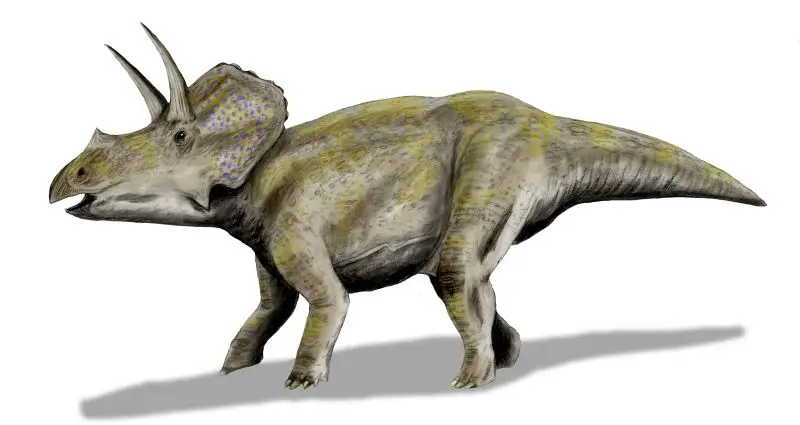
Eotriceratops length is estimated at 9 meters.
Thus he is one of the largest Ceratopses, which were ever found. It surpasses even Triceratops in size by about 1 meter. Only from Ceratopsipes it is assumed that he was up to 12 m and 18 tons tall. From Ceratopsipes goldenensis only footprints are known.
It had a low, slightly backward curved nose horn which was located above the nostrils.
The two horns above the eyes were bent forward and grew up to 80 cm long.
Image Source: Nobu Tamura (http://spinops.blogspot.com), CC BY 3.0 , via Wikimedia Commons
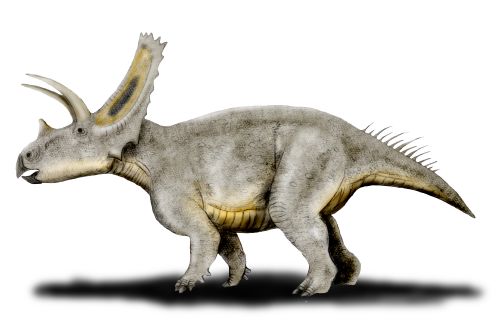
Titanoceratops ouranos
It was probably the most massive and powerful horned dinosaur ever discovered.
At least as far as the size of his skull is concerned.
At 2.65 meters in length comes the measure of skull plus frill, which gives him the title of: longest skull of a land animal.
Titanoceratops was a massive giant that used its impressive horns to defend itself against predators.
The most massive and powerful horned dinosaur ever discovered, Titanoceratops was a massive giant that used its impressive horns to defend itself against predators. He was an intimidating sight, 6.80 meters long and 2.50 meters tall, with those two gigantic horns on his head and huge frill.
His sheer size and the two enormous horns on his head probably made this dinosaur a rather less attractive prey animal for predators.
Image Sourc: NobuTamura email:nobu.tamura@yahoo.com, CC BY-SA 3.0 , via Wikimedia Commons
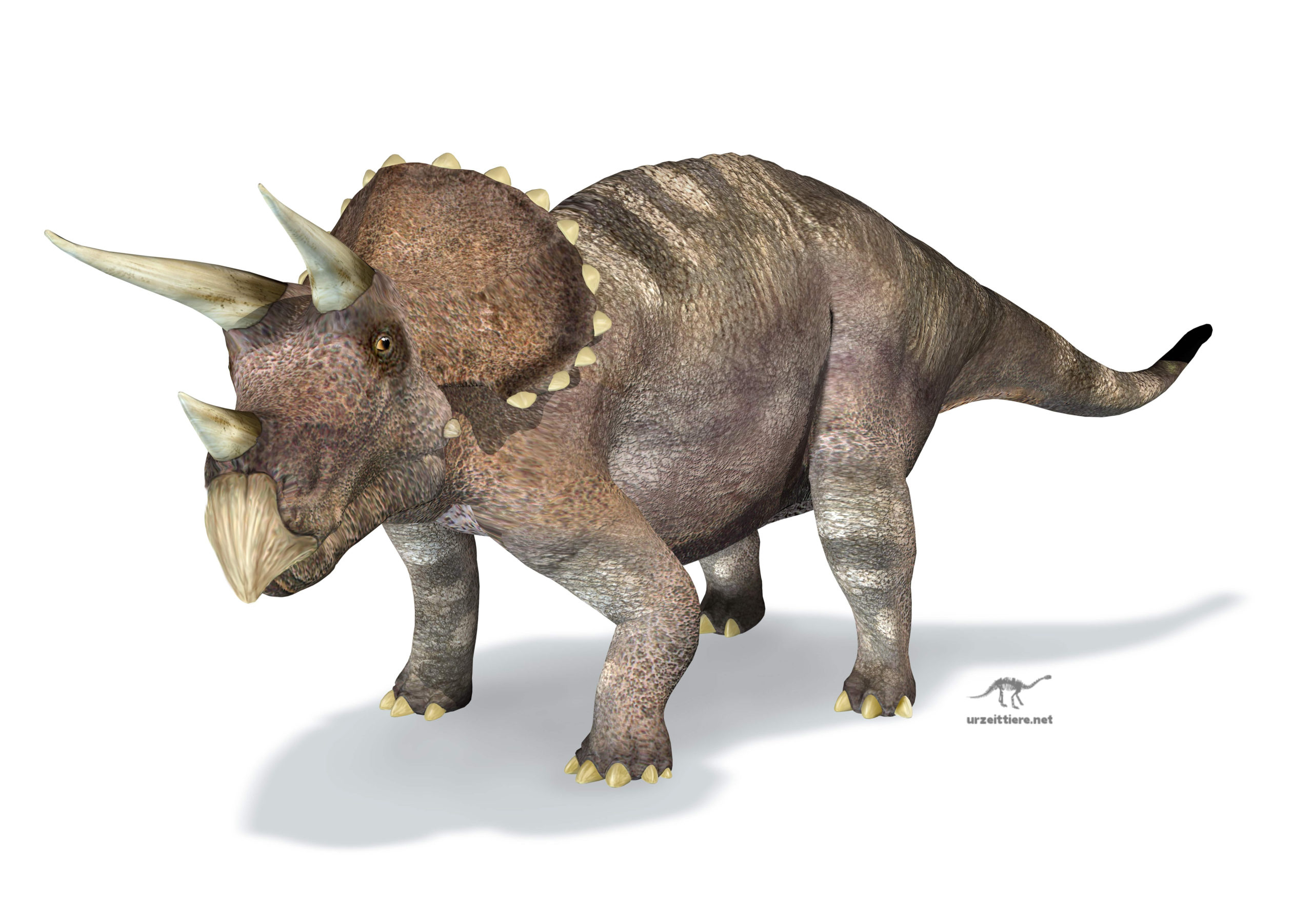
Triceratops horridus
Every child knows the name and the image of Triceratops: the curly-faced, three-horned dinosaur is the symbol of everything prehistoric.
He had a relatively small nasal horn on his nasal bone, possibly covered with keratin.
However, his "brow" or supraorbital horns, about 1 meter long, were outstanding.
These horns were relatively long, but the shape is quite variable among individual finds.
Male specimens had larger, more upright horns and larger skulls, while females had smaller skulls with shorter, forward pointing horns.







